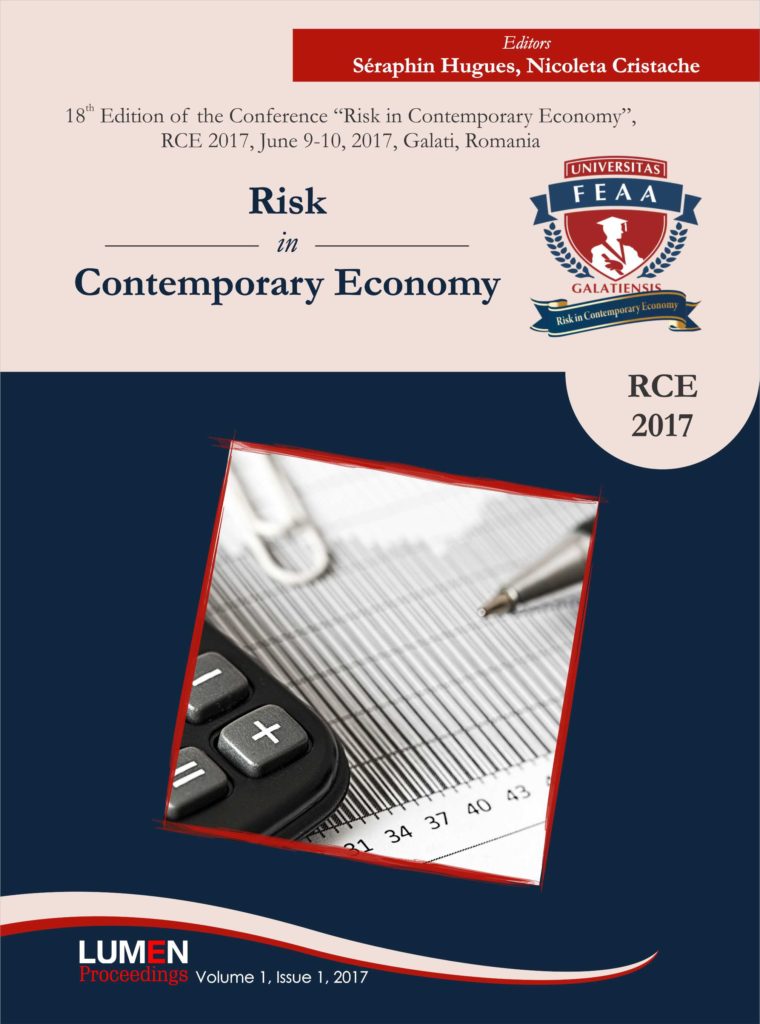Leadership Approaches – a Comparative Analysis
Leadership Approaches – a Comparative Analysis
Author(s): George-Eduard Neculae, Sofia David
Subject(s): Economy
Published by: Editura Lumen, Asociatia Lumen
Keywords: leadership matrix; organization environment; leader; follower; leader traits.
Summary/Abstract: In the last several decades, many researchers in the field of human resource management alongside other sociological and psychological studies were interested in finding the most effective leadership approach in one or any given organization. The most common challenge is to take into account all potential variables among a considerably large spectrum of specific organizational situations: from the social and cultural background of the participants – its leader and followers, with their own traits and styles – to circumstantial factors dependent on professional or the given social context as well as on cultural and political environmental influences in each particular context. The purpose of the present paper is to identify a means for HR personnel working in public or private organizations or for their respective leaders to identify and choose a set of three approaches that are believed to be the most applicable in their specific situation. By observing essential particular features existing in each specific environment, the researchers would be able to draw up a tool that would help achieve the desired improvement of leadership skills based on the particular circumstances of their organizational environment. This paper takes into account several existing theoretical studies and builds up a compared analysis of some proposed leadership approaches, the result being a leadership matrix conceived as a tool for increasing leadership effectiveness. Although for practical reasons only three approaches have been taken into account to prove the theory, this can be extended to any applicable combination based on the features observed by the researchers in the respective organization environment.
Book: Risk in Contemporary Economy
- Page Range: 507-521
- Page Count: 15
- Publication Year: 2017
- Language: English
- Content File-PDF

